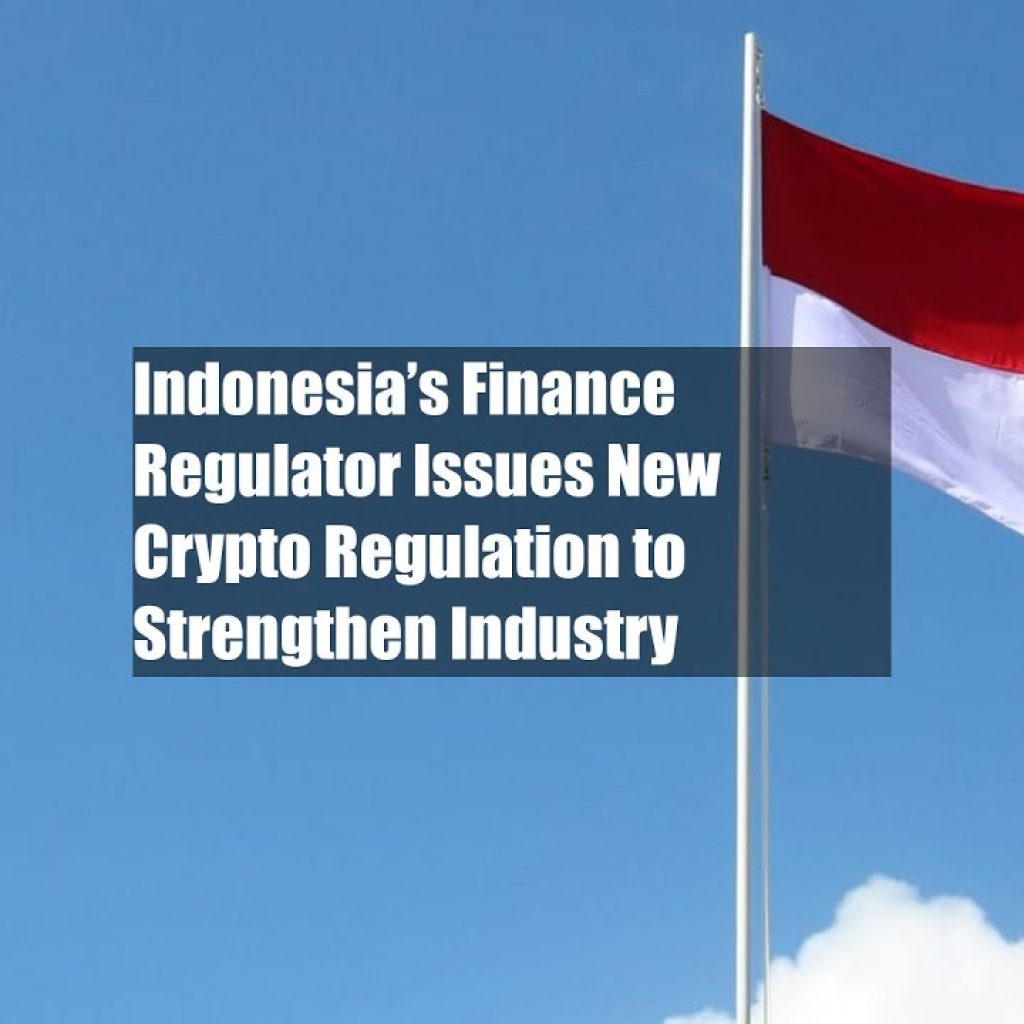The past year was a whirlwind for the U.S. economy, with initial concerns of a steep recession giving way to a surprisingly robust performance.
Despite bleak predictions, a combination of factors has led to revised outlooks from some of the nation’s leading economists, including those at the Federal Reserve.
Predicted Downturn Meets Unanticipated Resilience
It wasn’t too long ago when gloomy forecasts painted a picture of a potential recession. Economic contractions in the first half of 2022 had many convinced the U.S. was headed towards economic hardship.
Couple this with the Federal Reserve’s aggressive interest rate hikes and a stumbling housing market, and it seemed logical to brace for an economic cold spell.
The Bank of America’s chief economist, Michael Gapen, predicted last year a looming mild recession, citing factors like weakened spending power due to inflation shocks and financial conditions tightening because of the Fed’s changing stance.
But sometimes, predictions don’t pan out, and reality has its own script to follow.
Rethinking the US Recession
Fast forward to today, and the narrative is dramatically different. The U.S. unemployment rate has been defying gravity, sitting comfortably at 3.5%.
Consumer spending remains healthy, and most economists, including Gapen, have had to recalibrate their predictions. From forecasting an imminent recession, the outlook now points towards sustained, albeit softer, growth extending into 2024.
Even the Fed’s staff, who once sounded the alarms of an imminent recession, have changed their tune. Recent remarks from Fed Chair Jerome Powell underscored this shift, highlighting an anticipated slowdown in growth but not an outright recession.
A peek into the Federal Reserve’s internal projections reveals they never anticipated the GDP to contract annually.
So, what changed? Why were so many experts off the mark?
For starters, the U.S. consumer deserves applause. Despite initial setbacks, spending persisted, transitioning from pandemic-driven goods consumption to an enthusiastic embrace of services – be it blockbuster movies or summer music festivals.
The resilience of consumer spending, coupled with low unemployment and strong hiring trends, created a conducive environment for sustained economic momentum.
Furthermore, businesses remained agile. High interest rates, which historically deter spending, failed to halt investments.
Companies seized opportunities in technology and green energy projects, spurred by regulatory shifts. Plus, local government expenditures boosted growth, with pandemic-era funds being utilized effectively.
Yet, risks remain. The specter of resurgent inflation coupled with a tightening economy could compel the Fed to adopt stricter policies. This could, ironically, induce the very downturn they wish to avoid. But as of now, that possibility seems remote.
In the ever-shifting world of economics, predictions can be tricky. The U.S. economy’s resilience has defied skeptics, and as BMO Capital Markets’ senior economist, Sal Guatieri, aptly put it: the economy’s durability has been underestimated. Rather than decelerating, the U.S. might just be gearing up for another leap.





